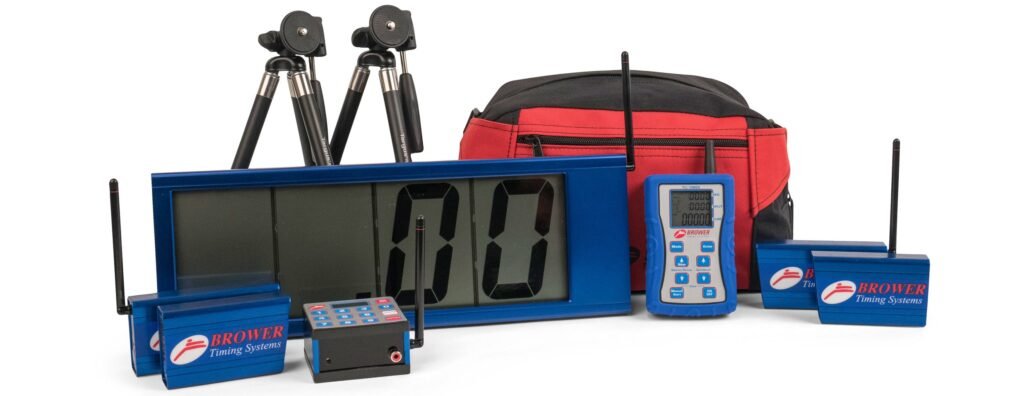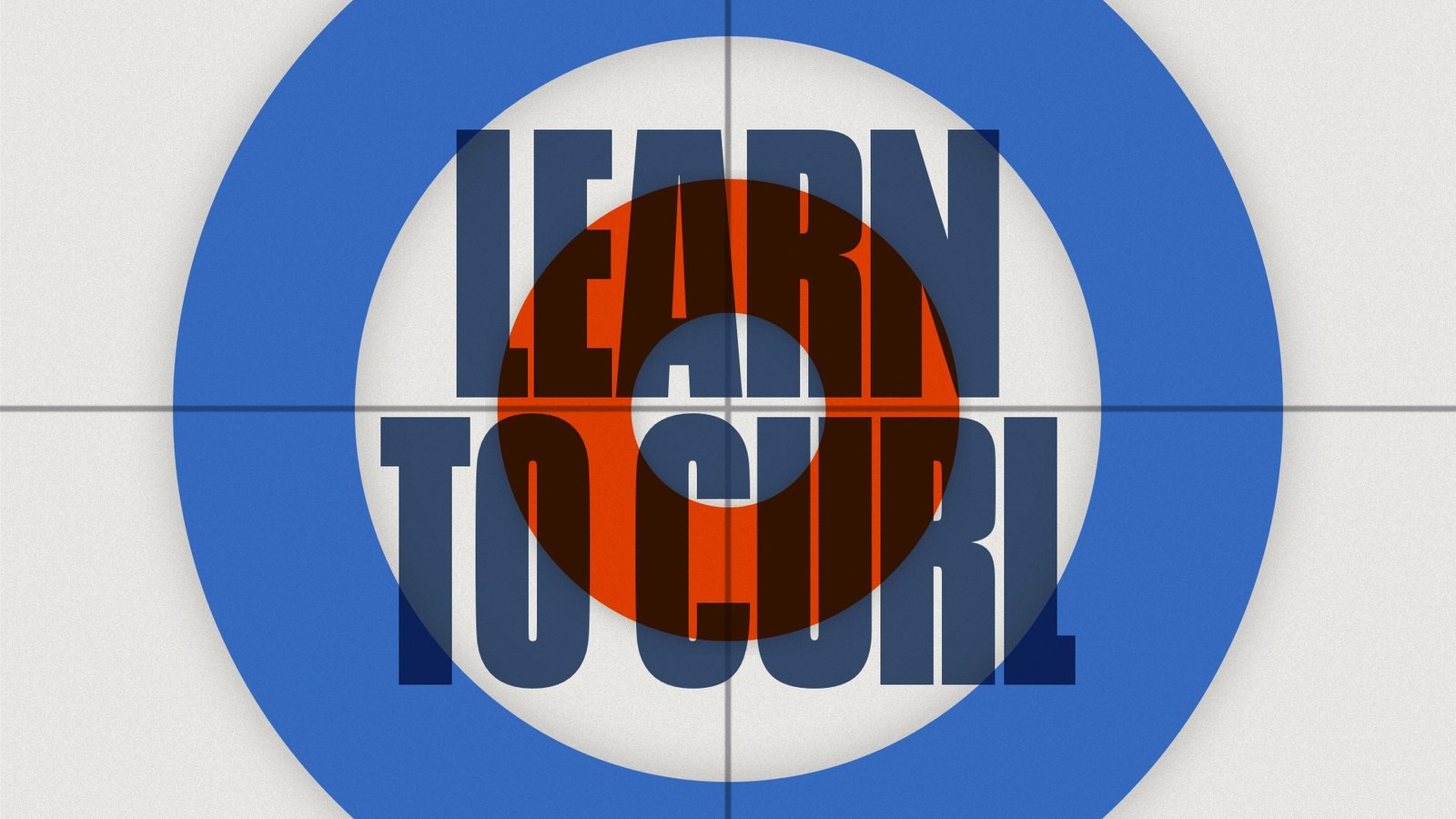Timing is everything in curling, and players can use stopwatches to help them measure the speed of their stones…and the opponents! Knowing how fast or slow a stone is moving down a sheet of ice can help players judge whether or not they need to sweep, or if they need to throw their next shot slightly heavier or lighter. Stopwatches can be used by any player in any position, but there are different types of stopwatch and different ways of using them.
 |  |
The image above on the left shows handheld stopwatches from Goldline. The large display and buttons make it easy for sweepers to use these on the go. While a player is sliding out of the hack and preparing to release their shot, the sweepers can time a “split time”. This number is either the back line to hog line interval, or the tee line to hog line interval.
As the thrower releases the stone at the hog line, the sweepers can drop their stopwatches (they are usually fastened safely around the player’s waist) and can then use this information to help them judge the stone as it travels down the ice. You may hear them calling out all kinds of numbers or words, communicating this speed to the skip at the far end of the sheet. Alternatively, players may use a device such as the Rockwatcher (shown in the image above on the right) which is attached to the broom by velcro.

A split time of 2.80 seconds is faster than one measured at 2.90 seconds. This is because it is taking the stone less time to travel the same distance. Whether a player times from backline to hog line or from tee line to hog line is just a matter of preference, although everyone on a team needs to be timing the same way in order to avoid complete confusion!
While the sweepers can use split times to understand the speed of the stone that is being thrown, skips can also use a stopwatch too. They often time hog to hog, meaning that they use a stopwatch to check how long it takes for a stone to get from one hog line to the other. This information can give teams knowledge about how “fast” or “slow” the ice is. Skips want to gain as much information about the ice as possible, so they will time the other team’s stones as well as their own. If an opposition stone is 14.4 seconds hog-to-hog and ends up on the button, this information can be valuable for judging how hard you need to throw your own stones.

Another handy timing device can be used by curlers in their practice sessions. Above is an image of a Brower Timing Systems set that provides players with instant feedback on their throws. It comes with two lasers, each with their own receiver, and a display board. Curlers can line these up to measure backline or tee line to hog line splits, or hog to hog times. While quite expensive, this kit is ideal for teams that are working on timing, or individuals who are practicing alone and want some instant feedback.
For more on curling terminology, visit our glossary page!
Hopefully you might like to come and give curling a try.
For a one-off session, visit our Try Curling page to book a two hour session for yourself, or bring friends and family.
Alternatively, you could book a place on one of our Learn To Curl courses which run over a series of 4 weekly two hour sessions.


